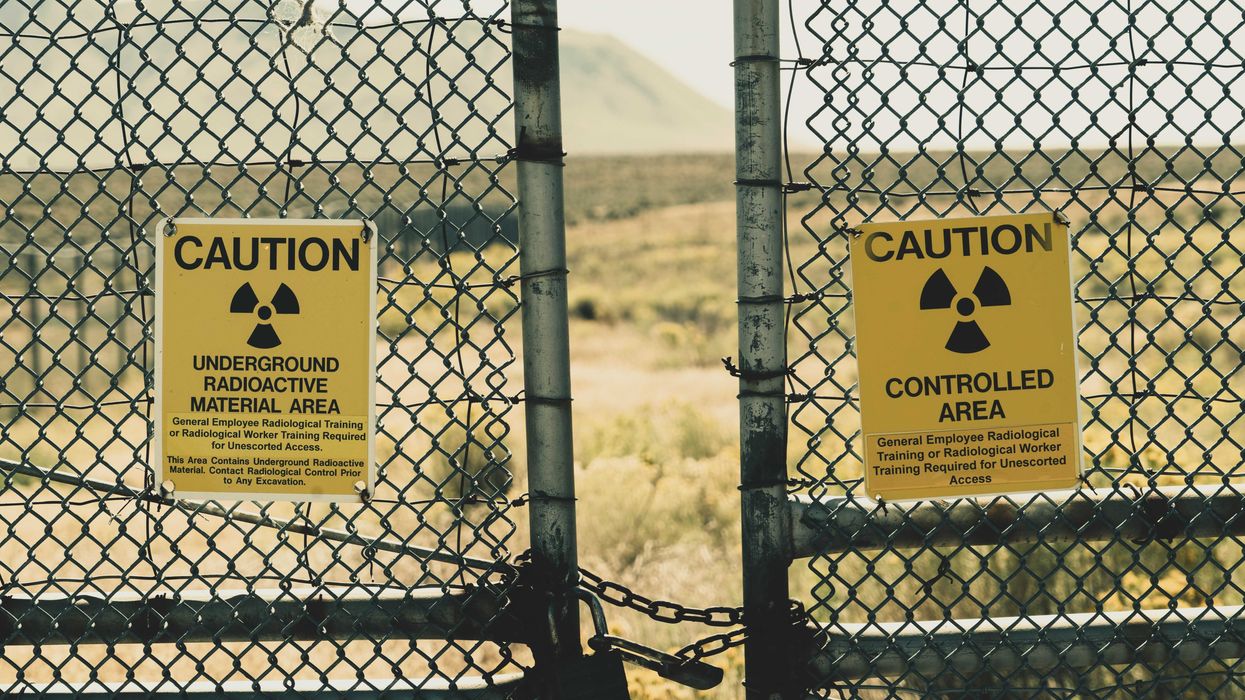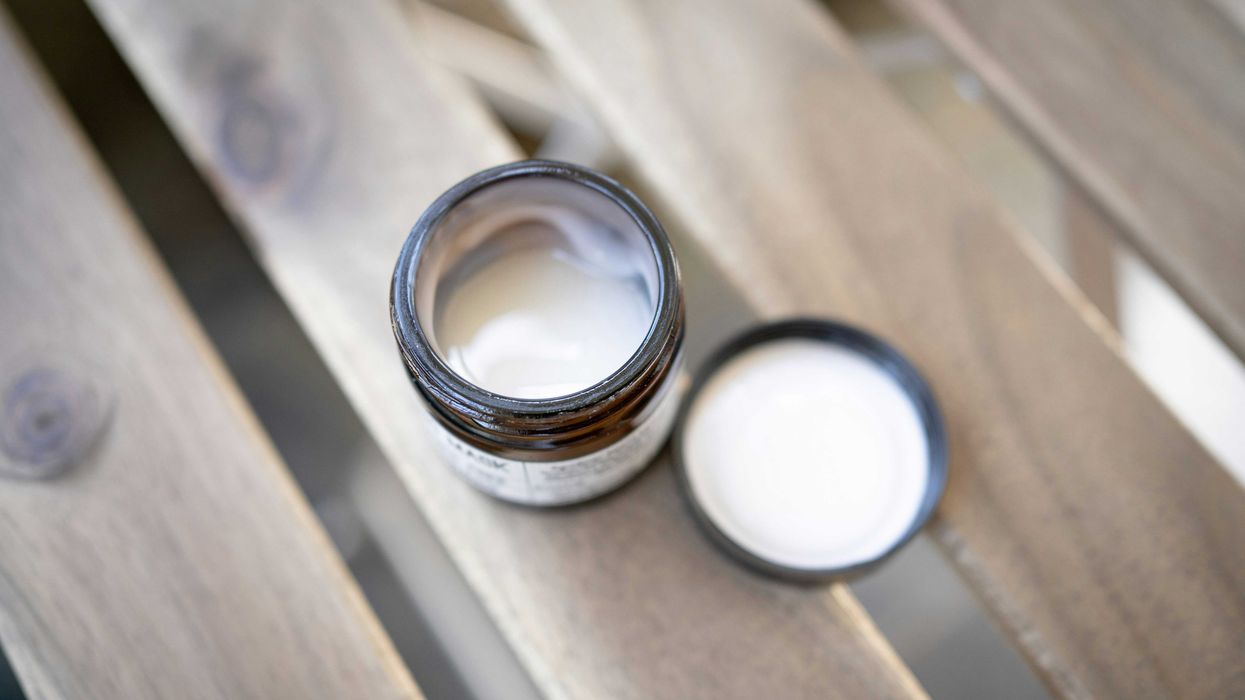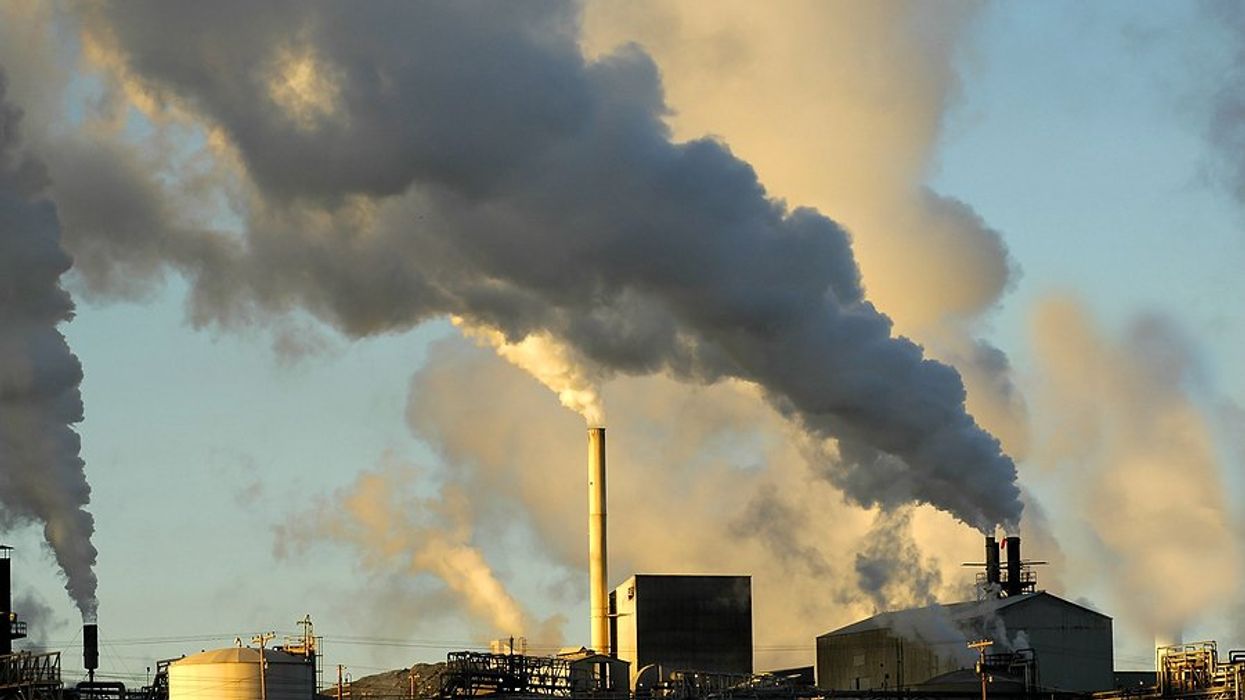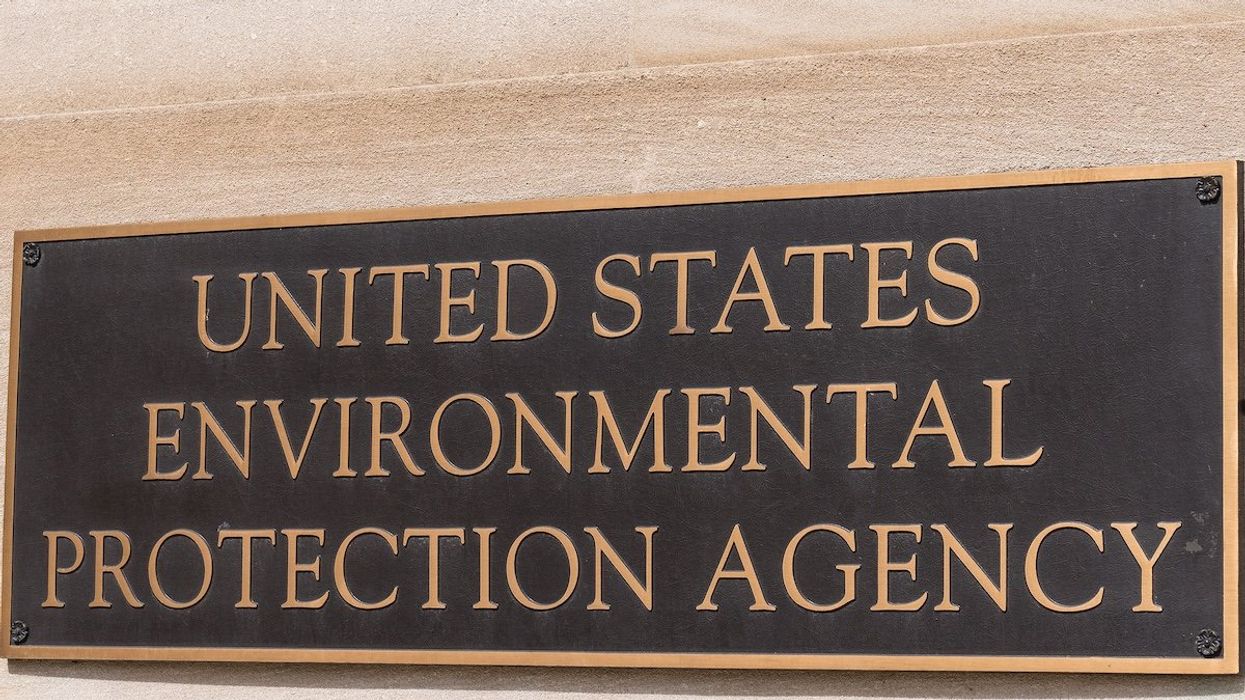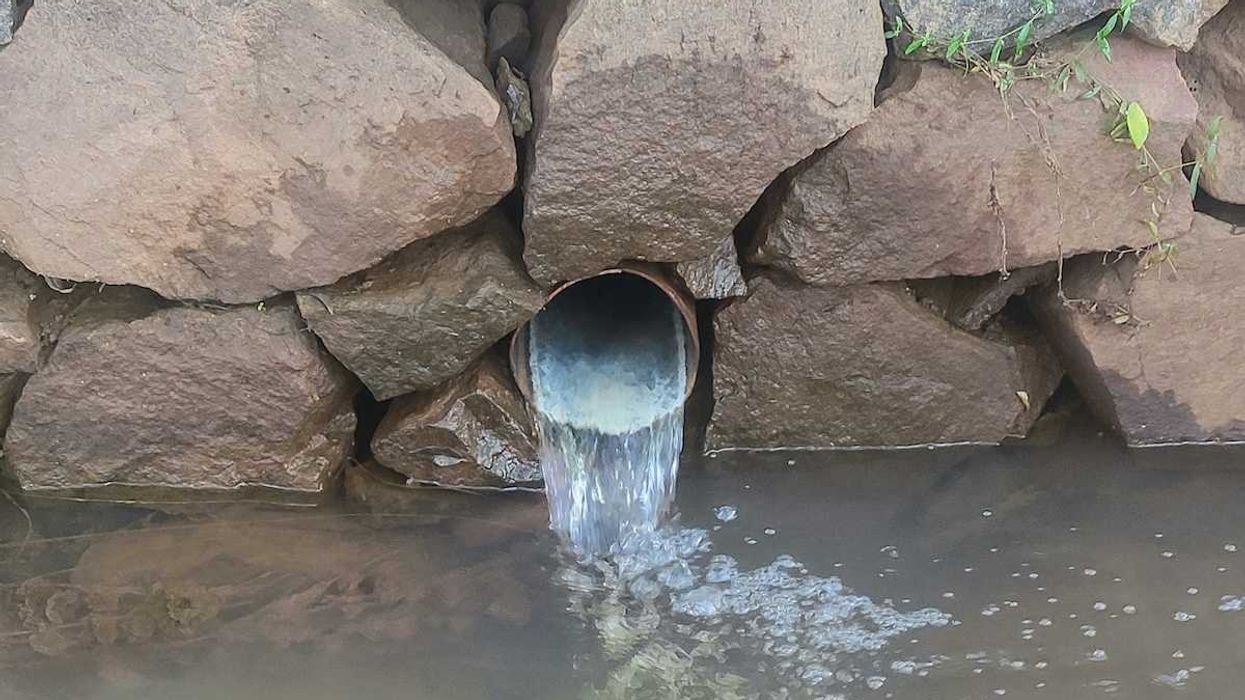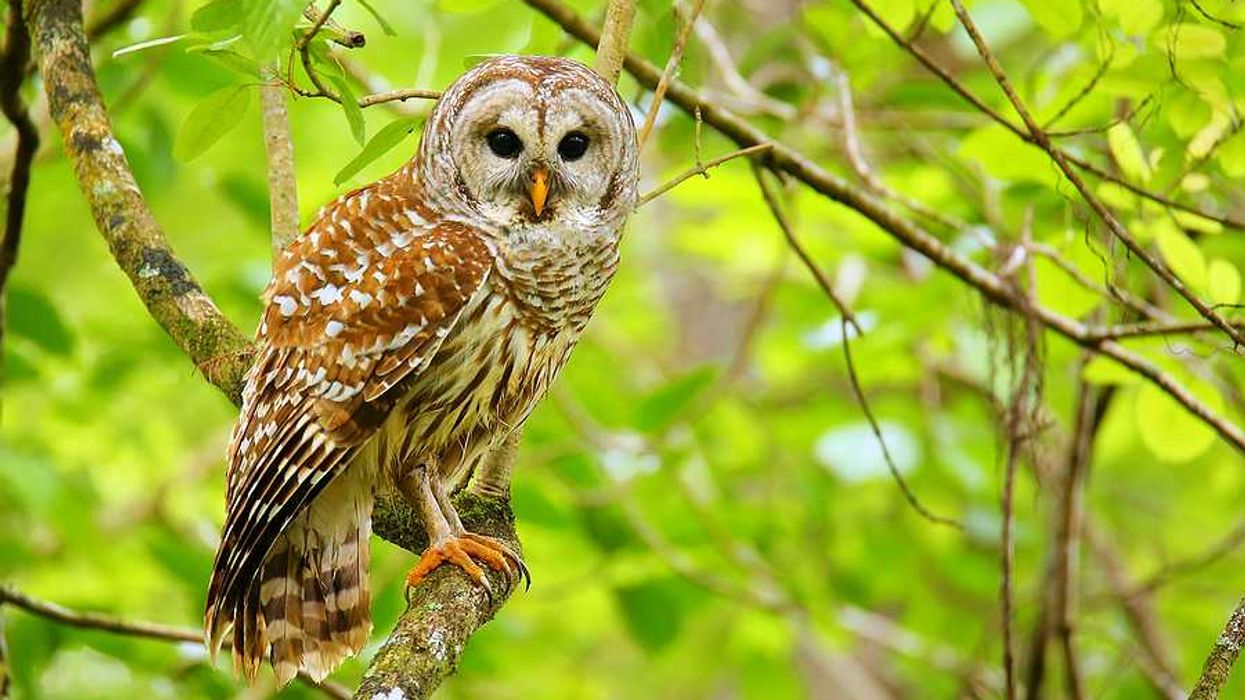A study in the Midwest reveals that agricultural insecticides, particularly neonicotinoids, significantly reduced butterfly populations between 1998 and 2014.
Catrin Einhorn reports for The New York Times.
In short:
- Agricultural insecticides, especially neonicotinoids, had the largest impact on butterfly populations.
- The study, spanning 81 counties in five states, showed an 8% decline in butterflies and a 33% drop for monarchs.
- Climate change and habitat loss were also factors but less significant compared to insecticides.
Key quote:
“It’s a story about unintended consequences. In developing technologies that were very effective at controlling soybean aphid and certain other agricultural pests, non-target species that we care about, butterflies in particular, have been harmed.”
— Scott Swinton, professor of agricultural economics at Michigan State University
Why this matters:
Neonicotinoids, known for their effectiveness in controlling pest populations, have been implicated in the decline of various pollinators. Butterflies, crucial pollinators and indicators of ecological health, have experienced dramatic population reductions in regions with high neonicotinoid use.


